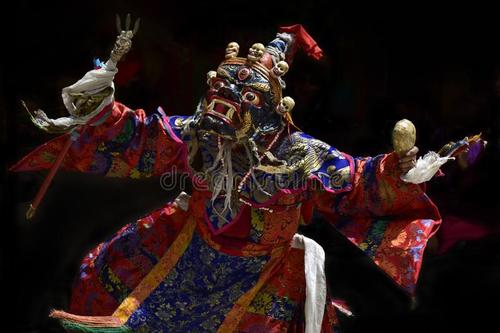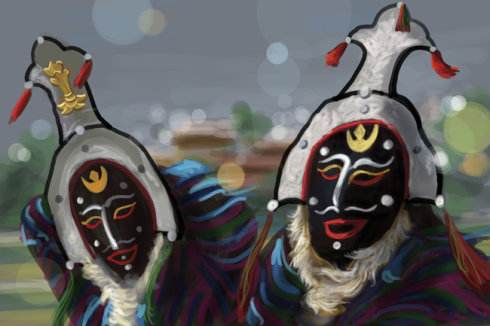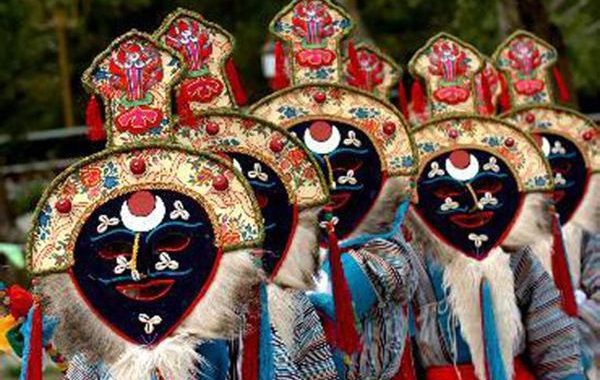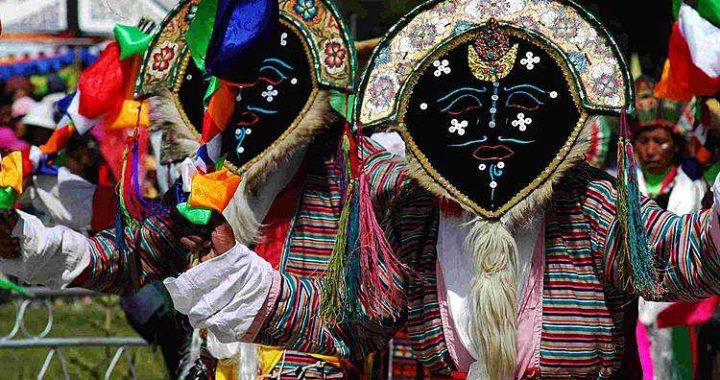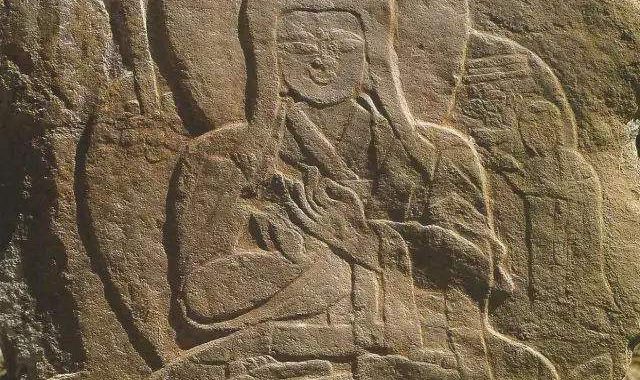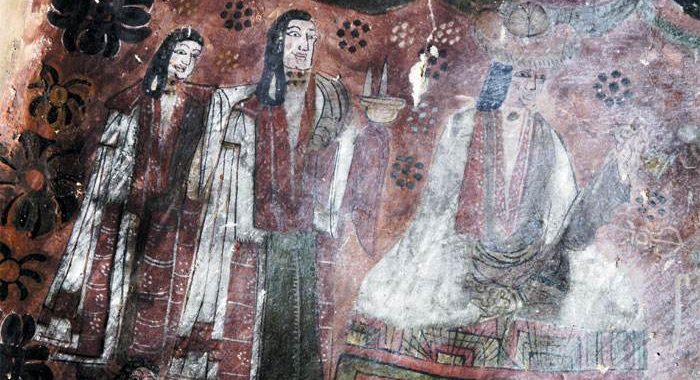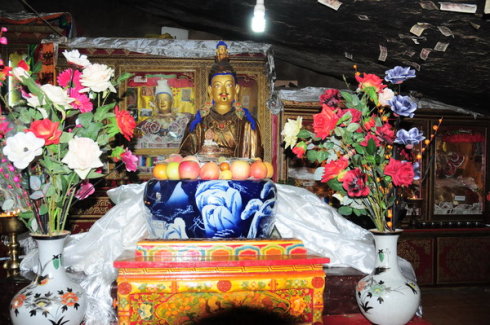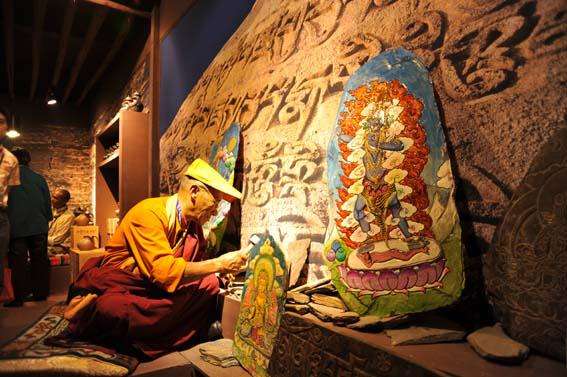Architectural wood carving
2 min readIt is recorded that Songtsen Gampo sent people to Sikkim to bring in the snake-heart chandana wooden statue,namely the Avalokitesvara statue with eleven faces,and he himself went to the junction of India and Nepal to welcome a Heli chandana self-manifestation Avalokitesvara statue.It is said that this statue is still enshrined in the Buddha hall of Potala Palace.
The wooden column sculpture in the main hall and the carvings on the lintel of the Buddha hall of the Jokhang Temple are remains that can be dated back to the 7th century.The themes of these carvings cover:Buddha Jataka stories,change of macaques into people,Bodhisattva’s head portrait,flying lion,and offerings to Apsara.The lion is a stereoscopic sculpture,and the others are reliefs.The wood carvings in the Jokhang Temple adopt the art style of Nepal and South Asia, and are testimony to the cultural exchanges between Tibet and Nepal at that time. With the uniqueness in its aesthetic and academic values, the wood carvings are immortal after more than 1,300 years. What a great miracle!
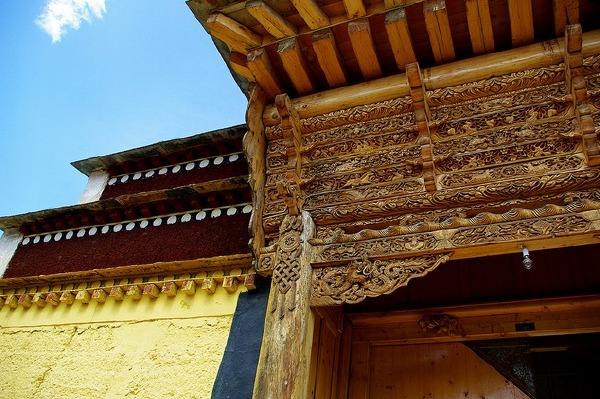
In later ages, architectural wood carvings generally adopted patterns of flowers, plants, while concretized characters were rarely made and wooden Buddha or Bodhisattva statues became rarer. Folk niches for Buddhas were reliefs or open work carvings. In addition to flowers and plants, the patterns of “Eight Auspicious Symbols”and “Seven Treasure Politicians”frequently appeared. Works featuring gorgeous colors and exquisite carving techniques appeared from time to time. The trend toward folk aesthetics was obvious.
